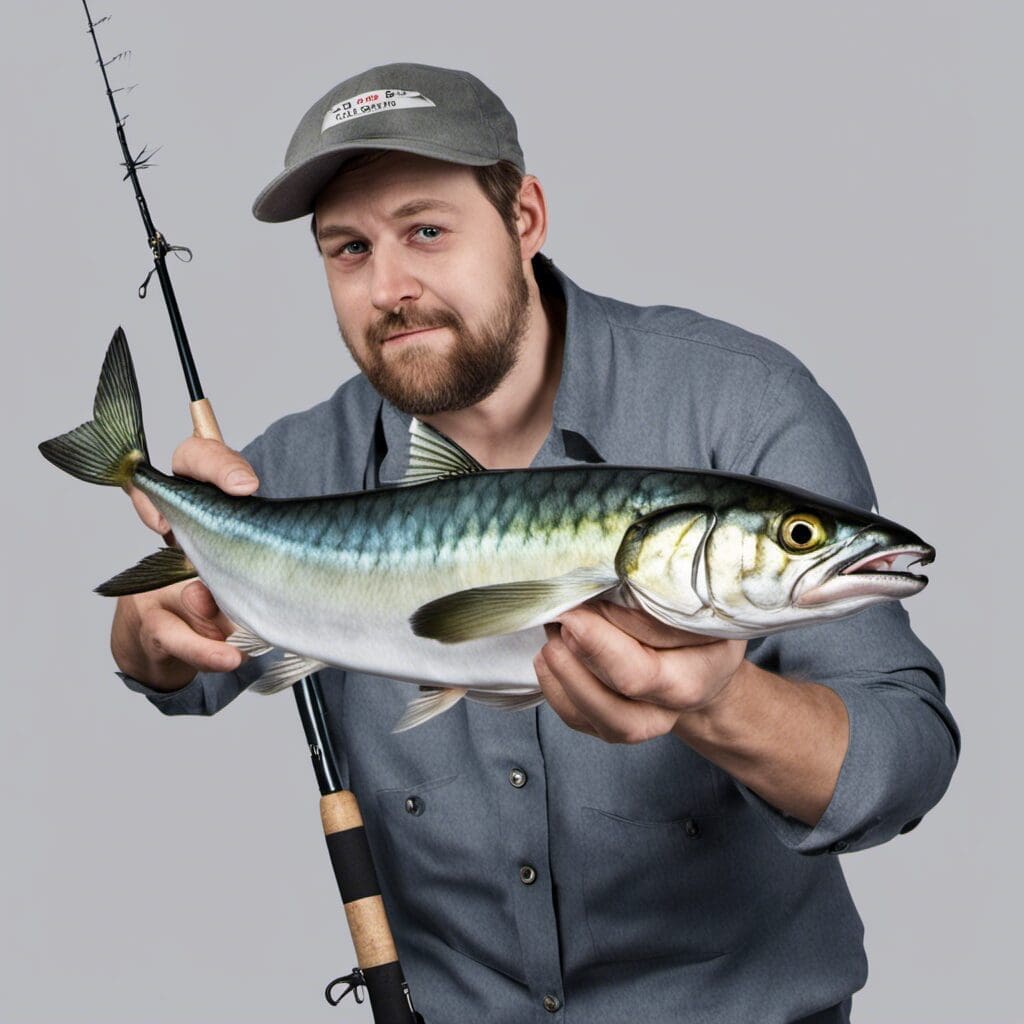Introduction
The Chub Mackerel, scientifically known as Scomber japonicus, hails from the family Scombridae.
| Species Name | Family Name |
|---|---|
| Scomber japonicus | Scombridae |
Conservation Status
The Chub Mackerel has been categorized as ’Least Concern’ due to its wide geographical range and bountiful population. Conservation efforts have been geared towards ensuring sustainable fishing practices to maintain a healthy balance within the species.
| Current Status | Conservation Efforts |
|---|---|
| Least Concern | Sustainable fishing practices |
Statistics
The Chub Mackerel is known for its medium size.
| Length (Average) | Length (Range) | Weight (Average) | Weight (Range) | Average Lifespan |
|---|---|---|---|---|
| 30cm | 20-50cm | 1kg | 0.8-1.5kg | 10-12 years |
Distribution
The Chub Mackerel dwells primarily in the Atlantic, Indian and Pacific oceans. It migrates seasonally in large schools, influenced by changes in water temperature and availability of food.
Habitats
Preferring warmer waters, the Chub Mackerel is frequently found at a depth range of 50 to 200 meters. They gravitate towards coastal areas with temperatures between 15-24 degrees Celsius.
When and Where to See
Chub Mackerel can be most commonly spotted between late spring and fall, particularly during dawn and dusk when they come near the surface to feed.
Best Fishing Locations
Notable locations to find Chub Mackerel include:
- The Mediterranean Sea
- The Atlantic Ocean (particularly off the coasts of Portugal and Spain)
- The Pacific Ocean (especially near Japan and California)
Fishing for Chub Mackerel is most fruitful in areas with warm, open waters.
How to Catch
Chub Mackerel is often caught using various methods such as trolling, fly fishing or bottom fishing. The preferred bait includes small fish and squid.
Identification Guide
The Chub Mackerel is recognized by its blue or greenish-blue body, covered with wavy, vertical lines. It has a streamlined shape, built for fast, enduring swims.
Culinary Uses
Chub Mackerel is a staple in many cuisines around the world. Its flesh has a rich, pronounced flavor and it’s particularly savored smoked, grilled, or used in sushi. Its high oil content provides a wealth of nutritional benefits including Omega-3 fatty acids, vitamins, and proteins.
Additional Information
Chub Mackerel is a schooling fish, primarily feeding on zooplankton and small fish. They spawn between spring and summer, laying millions of eggs at a time.
Their main predators include larger fish and marine mammals. Fishing activities pose a threat, hence the importance of sustainable practices.
References and Further Reading
For more comprehensive information about the Chub Mackerel, the following readings are recommended:
- FishBase – Chub Mackerel (Scomber japonicus)
- IUCN Red List – Chub Mackerel
- Seafood Watch – Chub Mackerel

